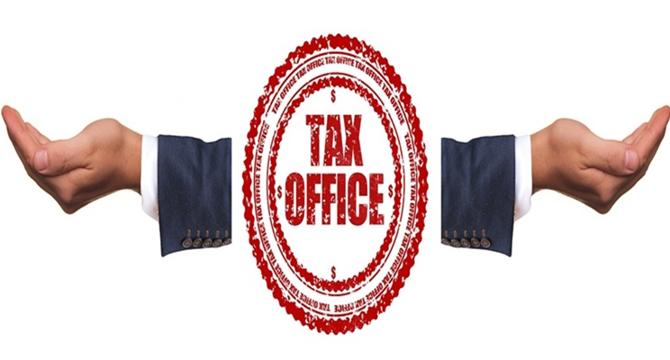TechBullion
1M
128

Image Credit: TechBullion
The Role of Data Analytics in Enhancing Tax Collection Efficiency
- Data analytics is transforming tax collection by enabling governments to gain insights that were previously unattainable paving the way for a culture of compliance among taxpayers.
- Using vast amounts of information, tax authorities can improve fraud detection, monitor compliance and identify trends in taxpayer behaviour leading to more targeted communication strategies.
- Predictive analytics can forecast revenue streams enabling organizations to allocate resources efficiently. This leads to the prioritization of audits based on risk assessments.
- Data analytics provides transparency to taxpayers who feel more confident in robust systems working to ensure fair practices, encouraging compliance and improving the relationship between taxpayers and authorities.
- Countries such as the UK, India, and Brazil have already utilized data analytics in tax collection to increase compliance and improve revenue collections.
- Resistance to change, lack of resources, skills and concerns over data privacy are the main obstacles faced by tax authorities when integrating data analytics into their systems.
- Investing in robust infrastructure and technology, training employees and establishing metrics to measure success are key strategies to ensure a successful implementation of data analytics in tax collection.
- Data analytics will continue to play a significant role in shaping tax policies and strategies in the future, optimizing operations to maximize revenue collection while improving the relationship between taxpayers and authorities.
- Adapting to emerging technologies in tax collection & management systems will position organizations at the forefront of financial management practices, enabling them to leverage data analytics successfully.
- Despite the obstacles faced, organizations must remain agile and embrace change to ensure effective integration of data analytics into tax collection and management systems.
Read Full Article
7 Likes
For uninterrupted reading, download the app